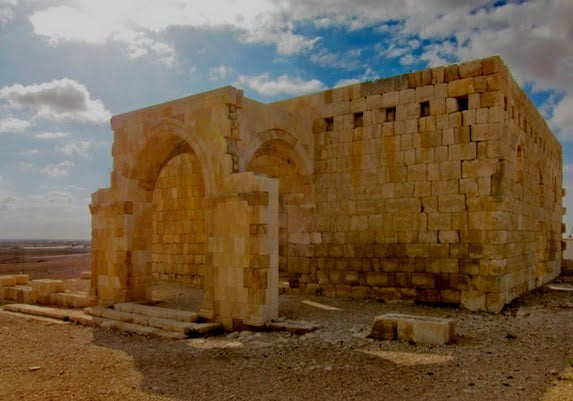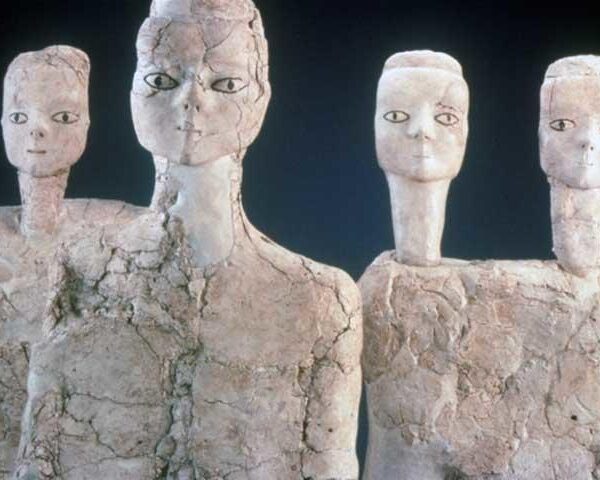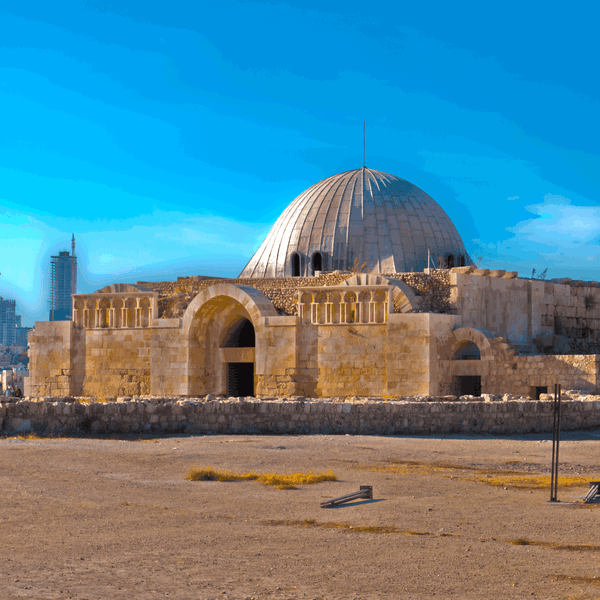Qasr Al-Mushatta: Unraveling the Majestic Ruins of Jordan’s Architectural Gem
Introduction Qasr Al-Mushatta
Nestled in the heart of Jordan lies a mesmerizing archaeological gem, Qasr Al-Mushatta. This grand structure, located approximately 30 kilometers south of the capital city Amman, holds a significant place in Jordanian history and showcases the rich cultural heritage of the region. With its intricate architecture, unique design, and captivating history, Qasr Al-Mushatta stands as a testament to the architectural brilliance of the Umayyad dynasty. In this article, we will delve into the captivating story of Qasr Al-Mushatta, exploring its historical significance, architectural features, and current state.
Historical Significance Qasr Al-Mushatta
Qasr Al-Mushatta, also known as the Mushatta Castle, dates back to the 8th century during the reign of the Umayyad Caliphate. Construction of the palace began in 743 AD under the orders of Caliph Walid II but remained unfinished due to the caliph’s untimely death in 744 AD. Despite its incomplete state, the palace bears testament to the grandeur and splendor of the Umayyad dynasty, which played a pivotal role in shaping the Arab-Islamic civilization.
Architectural Marvel Qasr Al-Mushatta
One of the distinguishing features of Qasr Al-Mushatta is its exceptional architectural design. The palace exhibits a blend of Roman, Byzantine, and Arab influences, reflecting the diverse cultural amalgamation of the time. The structure is characterized by its massive size, rectangular layout, and richly adorned facade. Intricate carvings, ornate patterns, and elaborate friezes embellish the exterior walls, demonstrating the mastery of Umayyad craftsmen.
Noteworthy among the decorations are the famous Mushatta facades, which were planned to adorn the inner courtyard of the palace. These carved panels, crafted from limestone, depict various motifs, including geometric patterns, hunting scenes, and mythical creatures. The intricacy and precision of the carvings provide a glimpse into the artistic finesse of the Umayyad era.
Preservation Efforts Qasr Al-Mushatta
Qasr Al-Mushatta faced numerous challenges throughout history, including neglect, vandalism, and weathering. However, efforts have been made to preserve and protect this architectural marvel. In the late 19th century, the German engineer Theodor Wiegand conducted extensive excavations and documentation of the site. Additionally, a substantial portion of the original carvings from Qasr Al-Mushatta is now displayed in the Pergamon Museum in Berlin, Germany, showcasing the palace’s cultural significance to a wider audience.
Visiting Qasr Al-Mushatta
Today, Qasr Al-Mushatta remains an important historical site and a popular tourist destination. Visitors have the opportunity to explore the ruins, admire the architectural marvels, and appreciate the artistic details that have withstood the test of time. Although the palace remains incomplete, its grandeur and the stories it holds make it an awe-inspiring experience for history enthusiasts, architects, and culture seekers alike.
Conclusion Qasr Al-Mushatta
Qasr Al-Mushatta stands as a symbol of Jordan’s rich heritage and architectural excellence. Its intricate carvings, unique design, and historical significance make it a must-visit destination for travelers exploring the country’s cultural treasures. As efforts continue to preserve and protect this magnificent site, Qasr Al-Mushatta will undoubtedly continue to captivate and inspire generations to come, serving as a window into the glorious past of the Umayyad dynasty and the vibrant history of Jordan.





